Mangaluru, Feb 8: Amidst ongoing debate over animal sports, the day and night Soorya-Chandra Jodukare Kambala once again rejuvenated the rural culture and traditions on Sunday at Talapady Panjala off NH 66 in Mangaluru taluk.
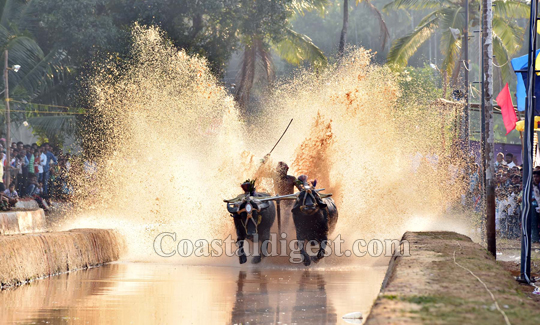
As many as 73 pairs of buffalo took part in six different categories of slush track race. The competitions went on till early Monday morning.
UT Khader, Minister for Health and Family Welfare inaugurated the event. Speaking on the occasion, he said that Kambala and Yakshagana are the two traditional forms of coastal Karnataka. He would be happy to support both these cultural events, he said.
The event started with Hagga Hiriya and Kiriya (Rope senior and junior) in which 20 pairs participated. This was followed by Negilu Hiriya and Kiriya (plough senior and junior), which saw 47 pairs participating in the category. The last ones were Halage (wooden plank) and Kane Halage, the main attractions.
A posse of police personnel was also deployed at the venue for security arrangements as well as to ensure that the organisers and owners do not violate directions by the Animal Husbandry and Veterinary Sciences Department that the event should not unleash any violence on the animals.
The event was organized under the leadership of Talapady Doddamane Ravindranatha Shetty, working president of the Jodukare Kambala Samithi.
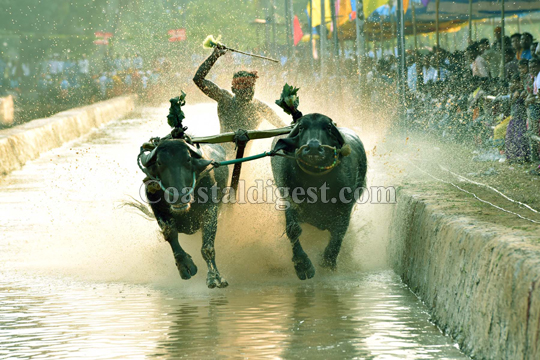
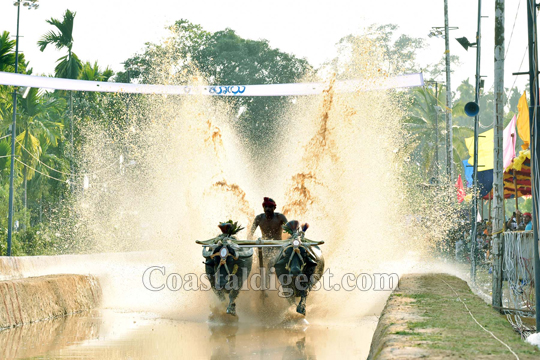
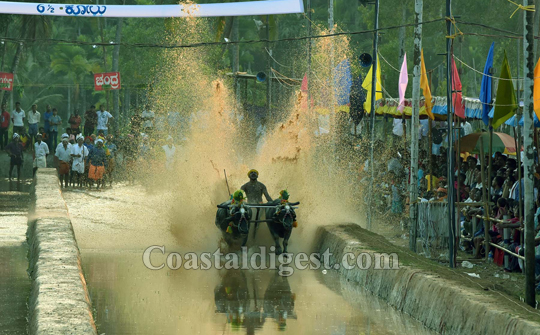
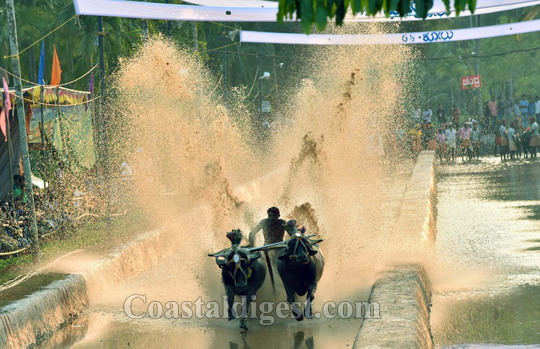
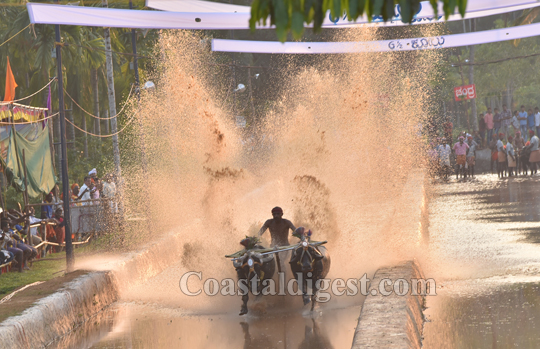
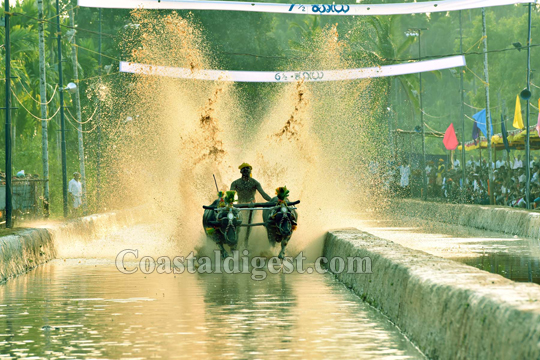
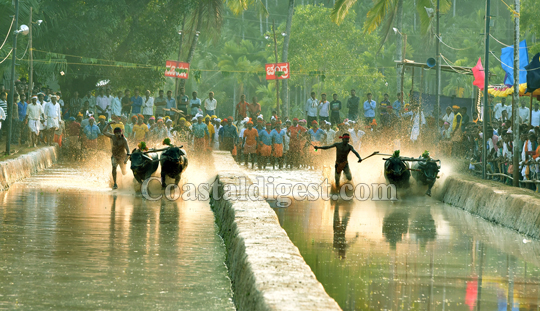
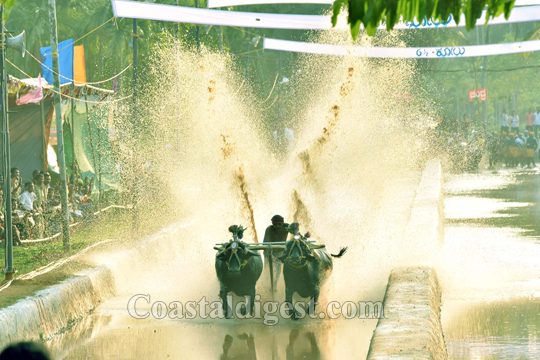
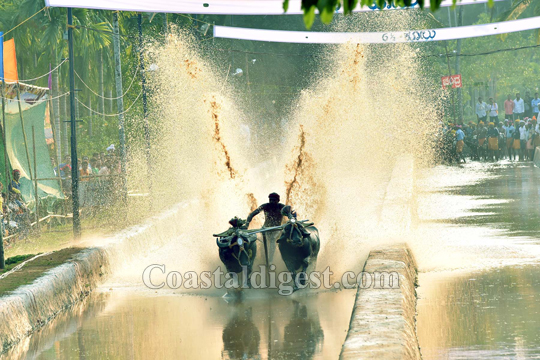



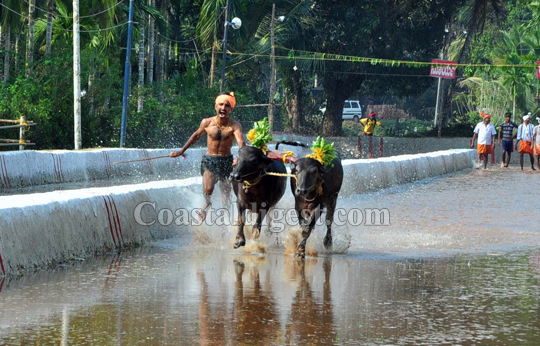




Comments
Bajrangies look at it...they are punishing your cow father....
For those whom cows are mother, above animal must be a close relative, why they allow to beat them in such manner and enjoy?
really nice to c the running buffalo,
wow, festival for animals, nice to c animal sports, this guys are really nice, make them buffalo as their icon and joying their win in the race .
Animal Abusing should be banned in india.
Add new comment